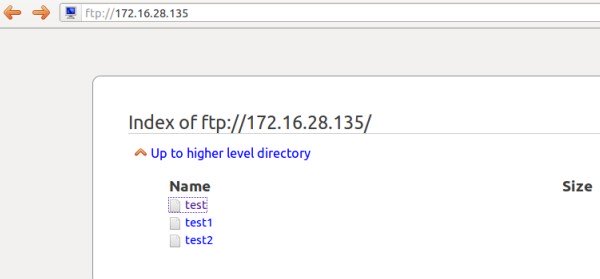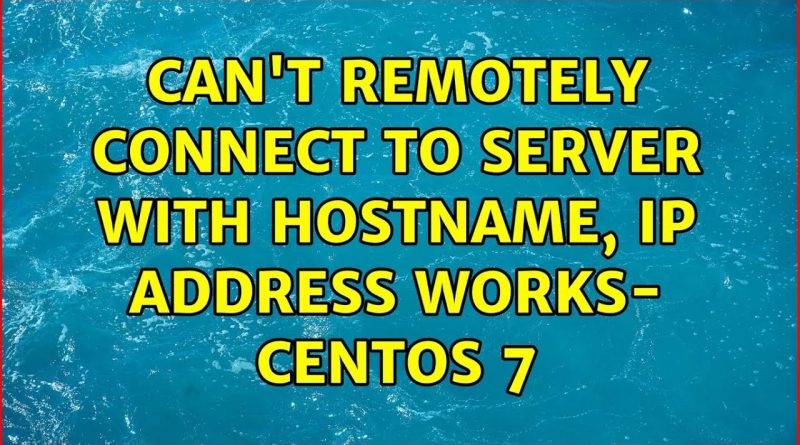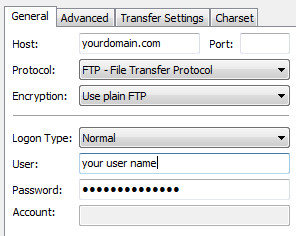

- Private public ftp server hostname centos how to#
- Private public ftp server hostname centos install#
- Private public ftp server hostname centos code#
Suren S M on AsyncUtil - C# Helper class to run async methods as sync and vice-versa.Ryan on ASP.NET Core Server.MapPath equivalent.Priya Sinha on Things to consider when hiring Angular Developers.Clavell Clavell on ASP.NET Core Server.MapPath equivalent.Sudeep Banerjee on Reach Your Customers & Audiences With Tailored Content & Campaigns Using Iterable Inc.Configuring VSFTPD To Use SSL/TLSīefore we perform any VSFTPD configurations, we need to open the TCP port 990 on the firewall in order to allow TLS connections: The most important line is the one that requests the Common Name: we need to enter the domain name associated with our server or our server's public IP address. Example: įill out the prompts appropriately. Email Address : the admin e-mail address.Common Name (eg, your name or your server's hostname) : the hostname required to connect to the FTP server.Organizational Unit Name (eg, section) : The company main area of interest.Organization Name (eg, company) : the FTP company name.


Private public ftp server hostname centos code#

Private public ftp server hostname centos how to#
In this follow-up article we'll try to mitigate all that by showing how to manually enable data encryption services in a FTP server we will go through various steps of securing VSFTPD (Very Secure FTP Daemon) services using a self-signed SSL/TLS certificate, which is often more than enough to grant us a decent security layer without additional costs. This poses a serious threat to data, as well as server security, and can also be addressed as a major privacy issue. As we have clarified there, the File Transfer Protocol is not secure by design because it doesn’t encrypt data being transmitted between two machines: this basically means that everything, including the user’s credentials and all the data, are sent and received in an unprotected way and are thus exposed to sniffing attacks of any kind.
Private public ftp server hostname centos install#
In this previous post we explained how to install and configure a FTP server in Linux CentOS 7 using the popular VSFTPD open-source package.


 0 kommentar(er)
0 kommentar(er)
